Firefighting in multistory developments
If you want to know about the elements of design or site analysis or staircase design, please click the link.
Firefighting in multistory developments can be a challenging task, as there are often multiple floors, a large number of occupants, and complex building systems and layouts to consider.
- High-rise buildings have unique challenges related to fire protection such as longer egress times and distance, evacuation strategies, fire department accessibility, smoke movement and fire control.
- The numbers of persons living on high-rise buildings are high compared to low-rise buildings, and only evacuation method in case of fire is the staircase.
- So, the fire protections of high-rise buildings have gained significant attention worldwide.
1) Goals of a fire prevention program
Life Safety
- The primary goal of fire safety efforts is to protect building occupants from injury and to prevent loss of life.
Protection of Property
- The secondary goal of fire safety is to prevent property damage.
Protection of Operations
- By preventing fires and limiting damage we can assure that work operations will continue.
NBC. norms have been divided into the following broad clauses
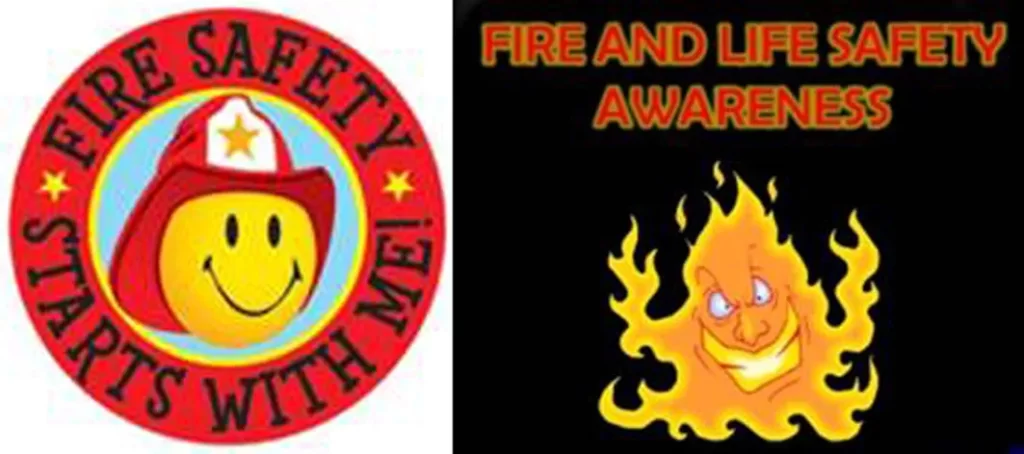
- Fire Prevention — Covering aspects of fire prevention pertaining to design and construction of buildings on passive fire protection measures, also describing the various types of building materials and their fire rating.
- Life Safety — Covering life safety provisions in the event of fire and similar emergencies, also addressing construction and occupancy features that are necessary to minimize danger to life from fire, smoke, fumes or panic.
- Fire Protection — covering the significant appurtenances and their related components and guidelines for selecting the correct type of equipment and installation meant for fire protection of the building, depending upon the classification and type of the building.
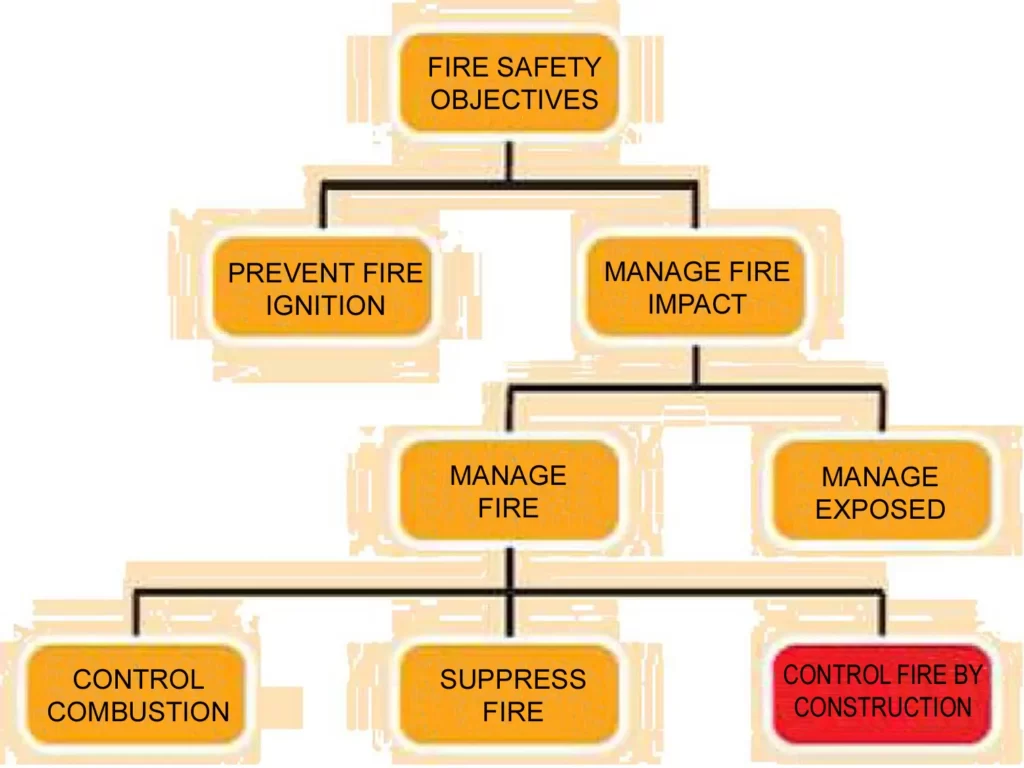
2) Fire Protection Measures
In case of high-rise buildings, the following provision should be made for safety of buildings from fire.
- National building code should be followed for fire-safety requirement of high-rise structures and at least one lift should be designed as fire-lift as defined in the Code and be installed.
- At least one staircase shall be provided as a fire staircase as defined in the National Building Code. Provided that this shall not be applicable if any two sides of a staircase are kept totally open to external open air space.
- Water Supply: Underground tank of the capacity of one thousand litres and two thousand litres for the buildings situated within the municipal limit and outside of the municipal limit respectively be invariably provided in all the high-rise buildings. Water in the normal use tank should come only through the overflow of fire tank so provided.
- In high rise buildings, the internal fire hydrants shall be installed as provided in the National Building Code. The detailed plan showing the arrangement of pipelines, booster pumps and water-tanks at various levels shall be submitted for approval of the concerned authority along with the plans and sections of the buildings.
- In case of high-rise buildings, an external fire hydrant shall be provided within the confines of the site of the building and shall be connected with Municipal Water mains not less than 4″ in diameter. In addition, fire hydrant shall be connected with Booster Pump from the static supply maintained on site.
- In case of high-rise buildings separate electric circuits for lift installation, lighting of passages, corridors and stairs and for internal fire hydrant system shall be provided.
- All the requirements under the above regulations shall be clearly indicated on plans duly signed by the owner and the person who has prepared the plans. The Competent Authority may direct the owner to submit such further drawings as may be necessary to clarify the implementation of the provisions of the above regulations.
- Every building having a height of more than 25 Mts. shall be provided with diesel generators which can be utilized in case of failure of the electricity.
- The standard of National Building Code must be adopted fully in providing staircase and alarm system.
- There should be Provision of dry-powder fire extinguisher to the extent of two on each floor with a capacity of 5 kgs, in all the high-rise buildings.
- Current fire protection strategy for a building often incorporates a combination of active and passive fire protection measures. Figure shows below the fire-fighting system classification.

- Active Fire Protection is an arrangement of systems that work efficiently against the fire of a structure with the help of some action which may be operated manually or automatically.
- The fire extinguisher is manually, and the sprinkler is operated automatically. So, when detectors find fire and smoke in a building, a fire/smoke alarm is on and alert people.
- Then the active fire protection system works to stop the fire or slow down the growth of fire so that the firefighter can reach the location.


3) Strategy of fire prevention
- A fire must have three things to ignite and maintain combustion:
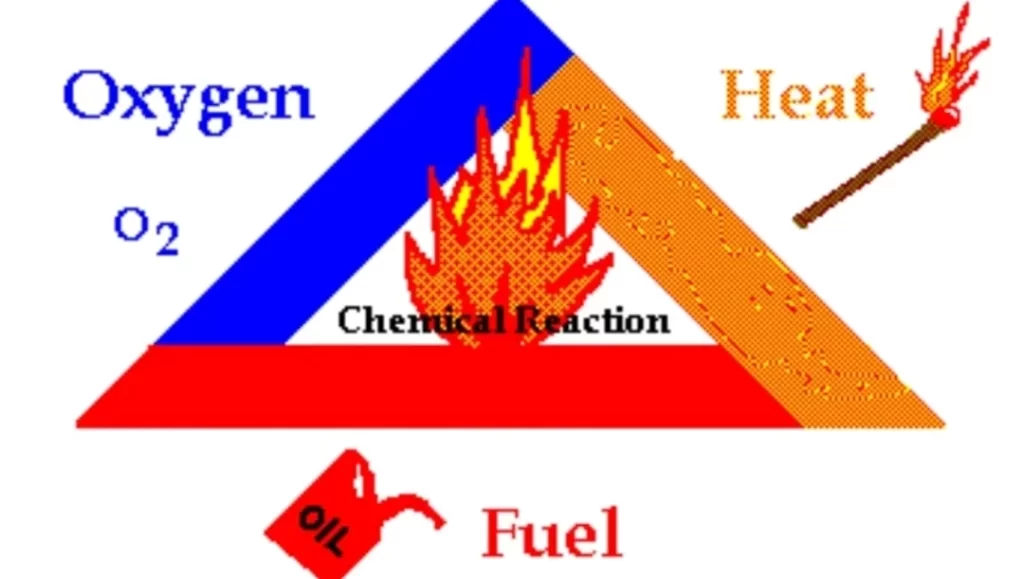
- Fuel
- Heat
- Oxygen
The basic strategy of fire prevention is to control or isolate sources of fuel and heat in order to prevent combustion. If all three are not present in sufficient quantities a fire will not ignite or a fire will not be able to sustain combustion.
4) Terminology (Firefighting in multistory)
i) Automatic fire detection and alarm system

- Fire alarm system comprising components for automatically detecting a fire, initiating an alarm of fire and initiating other actions as appropriate.
ii) Automatic sprinkler system

- A system of water pipes fitted with sprinkler heads at suitable intervals and heights and designed to actuate automatically, control and extinguish a fire by the discharge of water.
iii) Combustible material
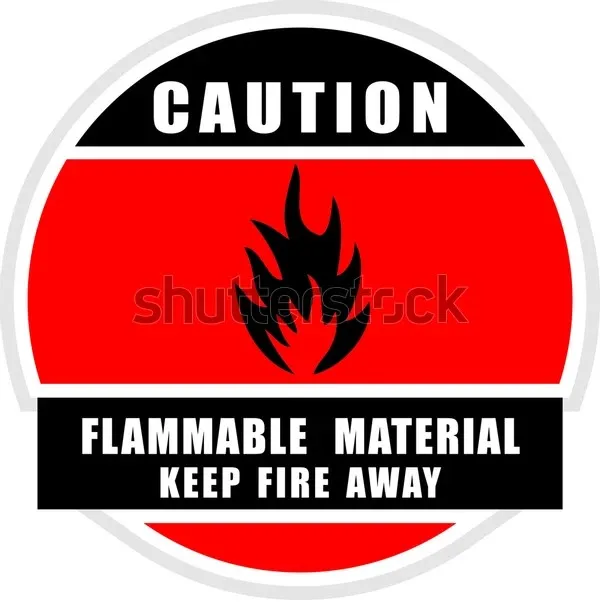
- The material which either bums itself or adds heat to a fire, when tested for non-combustibility in accordance with accepted standard
iv) Dry riser
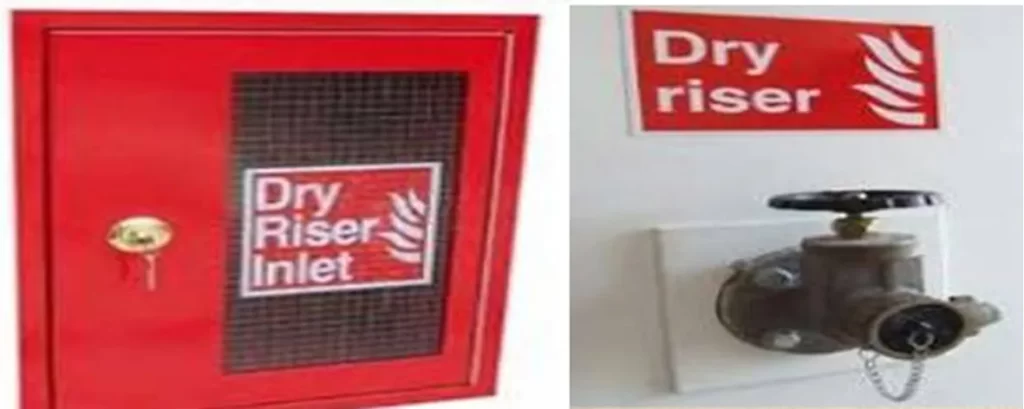
- An arrangement of fire-fighting within the building by means of vertical rising mains not less than 100 mm internal diameter with landing valves on each floor landing which is normally dry but is capable of being charged with water usually by pumping from fire service appliances.
v) Down-comer
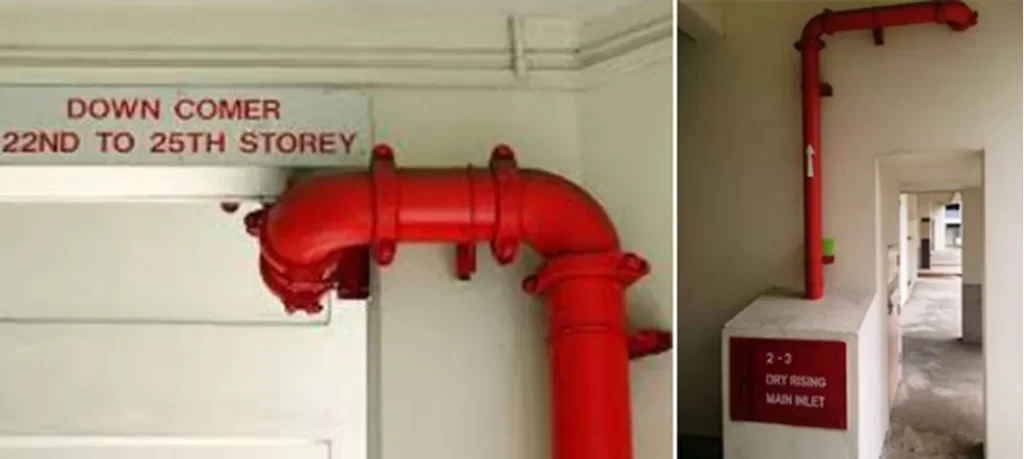
- An arrangement of fire-fighting within the building by means of down-comer pipe connected to terrace tank through terrace pump, gate valve and non-return valve and having mains not less than 100 mm internal diameter with landing valves on each floor/landing. It is also fitted with inlet connections at ground level for charging with water by pumping from fire service appliances and air release valve at roof level to release trapped air inside.
vi) Escape lighting

- That part of emergency lighting which is provided to ensure that the escape route is illuminated at all material times, for example, at all times when persons are on the premises, or at times the main lighting is not available, either for the whole building or for the escape routes.
vii) Fire exit
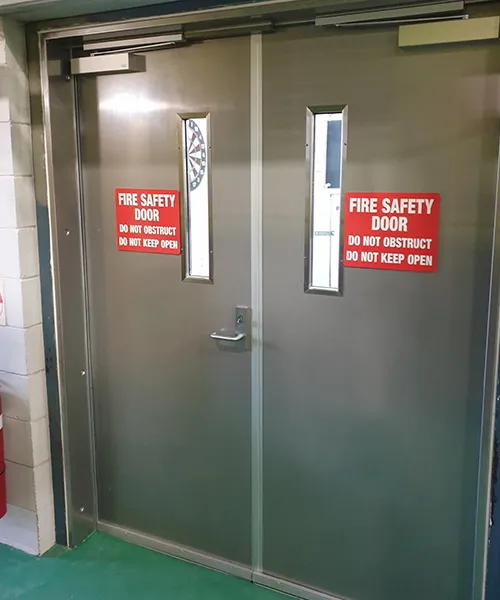
- Away out leading to an escape route having panic bar hardware provided on the door.
viii) Fire door
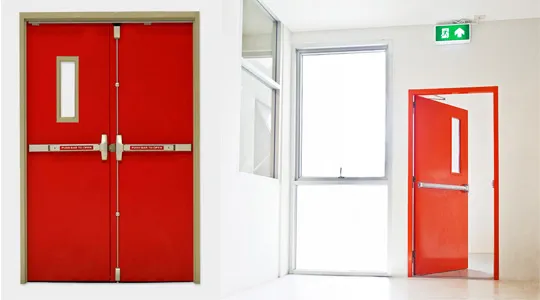
- A fire-resistive door approved for openings in fire separation.
ix) Fire lift
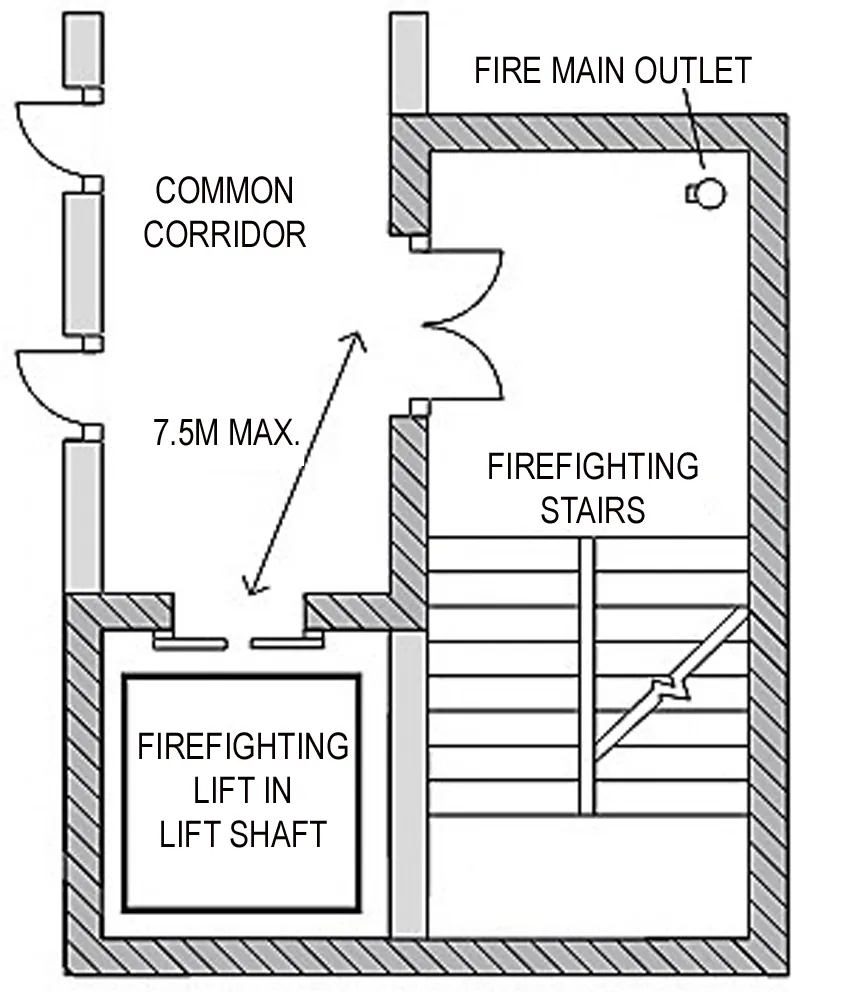
- The lift installed to enable fire services personnel to reach different floors with minimum delay, having `such features as required in accordance with this Part.
x) Fire resistance
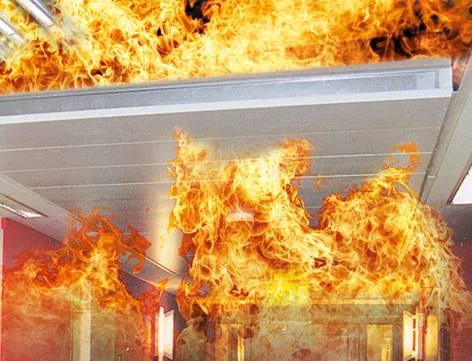
Fire resistance is a property of an element of building construction and is the measure of its ability to satisfy for a stated period some or all of the following criteria:
- resistance to collapse,
- resistance to penetration of flame and hot gases, and
- resistance to temperature rise on the unexposed face up to a maximum of 180°C and/or average temperature of 150°C.
xi) Fire separation

- The distance in metres measured from the external wall of the building concerned to the external wall of any other building on the site, or from other site, or from the opposite side of street or other public space for the purpose of preventing the spread of fire.
xii) Fire Tower
- An enclosed staircase which can only be approached from the various floors through landings or lobbies separated from both the floor areas and the staircase by fire-resisting doors, and open to the outer air.
5) Fire protection and means of exit requirements (Including high-rise buildings)
i) General exit requirements

- May be a doorway, corridor, passageway to an internal or external staircase or to a verandah or roof which have access to the street or to the roof of the building or a refuge area. May include horizontal exit leading to the adjoining building at same level.
- Shall be continuously maintained free of all obstructions or impediments in case of use in an emergency and shall provide continuous means of egress to exterior.
ii) Fire Access Staircases
- Buildings having an area of more than 500 sq.m. per floor shall have a minimum of two staircases.
iii) Doorways
- Shall open into an enclosed stairways or a horizontal exit of a corridor providing protected means of egress.
- Shall not be less than 1000mm in width, except in assembly buildings where it should not be less than 2000mm in width. Shall not be less than 2000mm in height.
iv) Corridors and Passageways
- Width shall not be less than the width of the exit doorways leading out from them.
- Height shall not be less than 2400mm.
- Shall be adequately ventilated.
v) Internal Staircases
- Shall be composed of non-combustible materials throughout.
- External wall of building shall constitute one of its sides.
- Shall not be arranged around a lift shaft.
- Minimum flight width=1000mm, Maximum flight width=2000mm.
- Minimum tread = 250mm, Maximum riser=190mm, Minimum Head Room=2200mm. (varying slightly based on classification of buildings).
vi) External Staircases
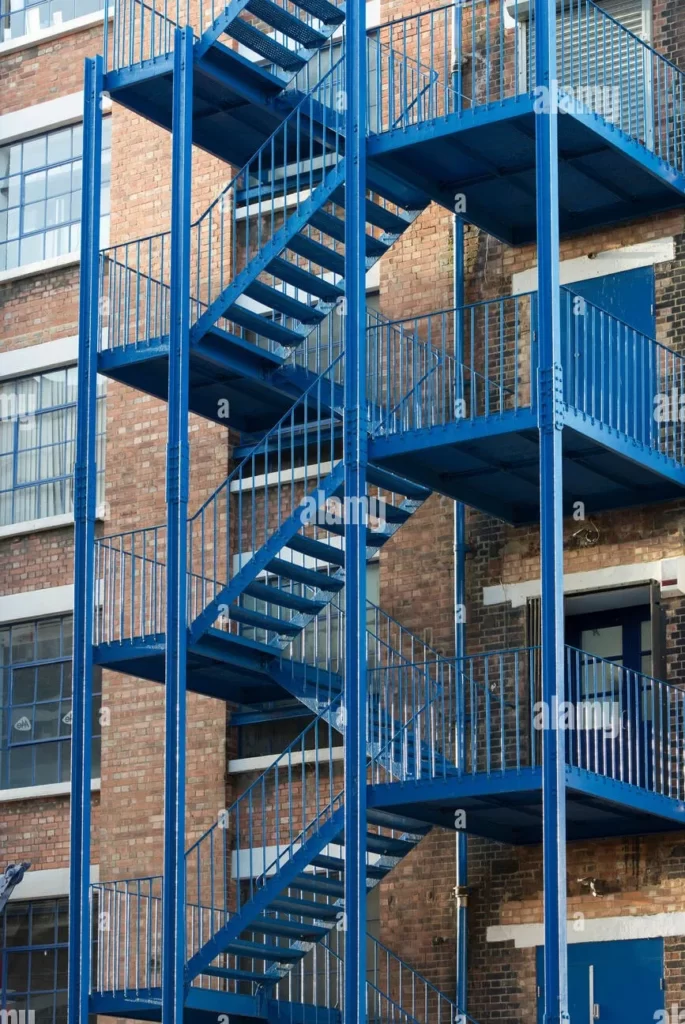
- An external staircase is desirable to be provided for high rise buildings.
- Shall be kept in sound operable condition.
- Shall be directly connected to the ground.
- Entrance shall be separate and remote from the internal staircase
- Route to the external stairs shall be free of obstruction at all times.
- Shall be constructed of non-combustible materials and any doorway leading to it shall have the required fire resistance.
- Shall have straight flight not less than 1250mm wide with 250mm treads and risers not more than 190mm. The number of risers shall be restricted to 15 per flight.
- Handrails shall be of a height not less than 1000mm and not exceeding 1200mm. Provision of balusters with maximum gap of 150mm.
- The use of spiral staircase shall not be less than 1500mm in diameter and shall be designed to give adequate headroom.
- Unprotected steel frame will not be accepted as a means of escape. However, steel staircase in an enclosed fire rated compartment of 2h will be accepted as a means of escape.
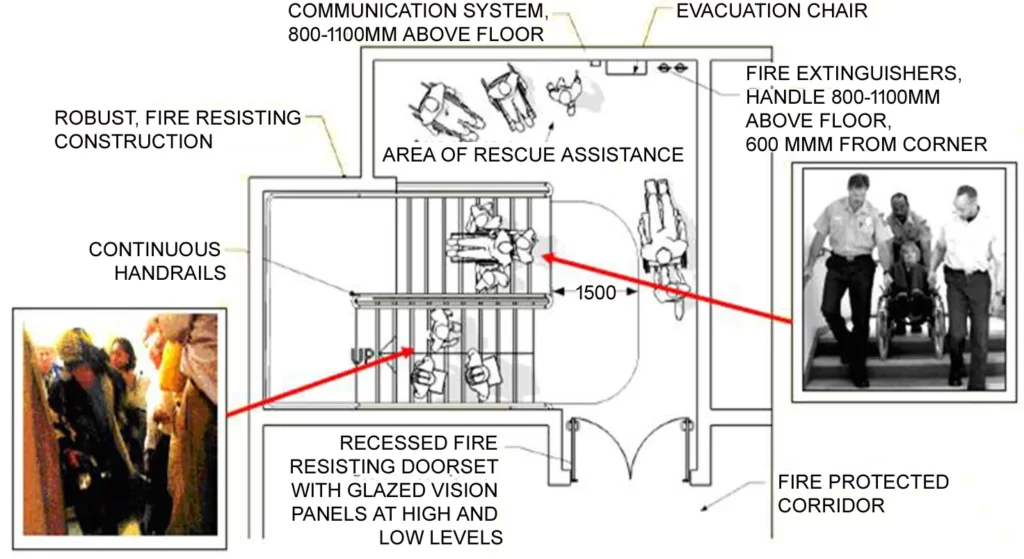
vii) Refuge areas
- Shall be provided on the periphery of the floor or preferably on a cantilever projection and open to air at least on one side protected with suitable railing.
- For floors above 24 m and up to 39m- one refuge area on the floor immediately above 24m.
- For floors above 39m – one refuge area on the floor immediately above 39 m and so on after every 15m.
- Residential flats in multi storied buildings with balcony need not be provided with refuge area, flats without balcony shall provide refuge area.
- An area of refuge is a location in a building designed to hold occupants during a fire or other emergency, when evacuation may not be safe or possible. Occupants can wait there until fire-fighters come to rescue them.
This can apply to the following:
- any persons who cannot access a safe escape route
- any persons assisting another person who is prevented from escaping
- patients in a hospital
- sick people
- people with disabilities
- old people
- very young children or infants
- medical personnel who may be operating on a patient at the time of the emergency
- operators in a nuclear power station
viii) Horizontal Exits
- The width of horizontal exit shall be same as that for the exit doorways.
- A horizontal exit shall be equipped with at least one fire / smoke door of minimum 1h fire resistance, of self-closing type.
- Where there is a difference in level between connected areas for horizontal exits, ramps not more than 1 in 10 slopes shall be provided, steps shall not be used.
- Doors in horizontal exits shall be operable at all times from both sides.
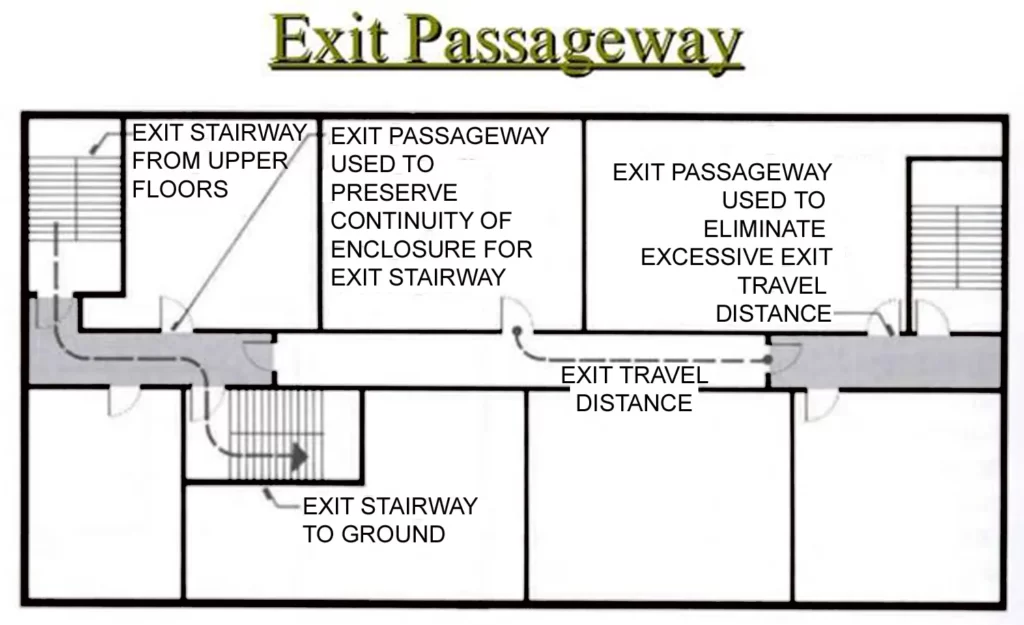

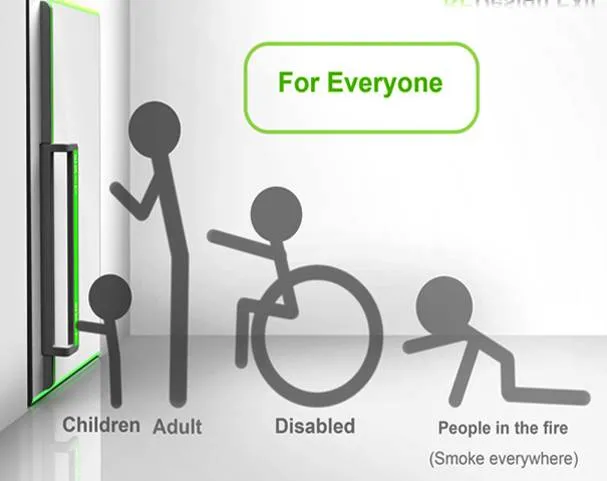
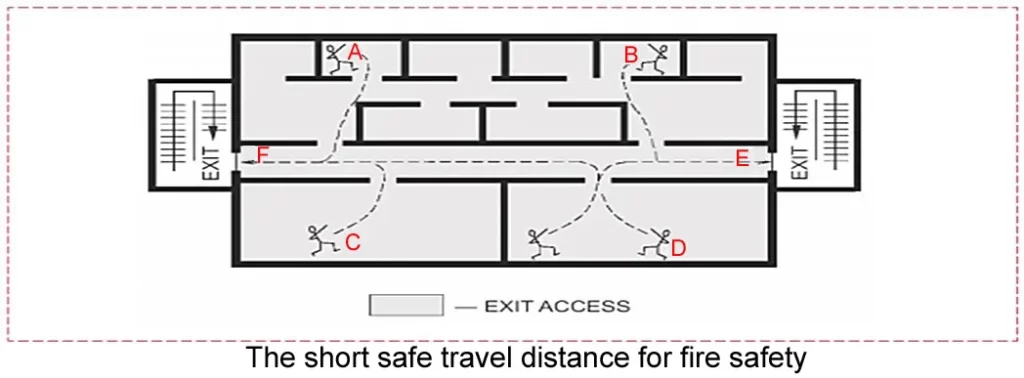
ix) Fire towers
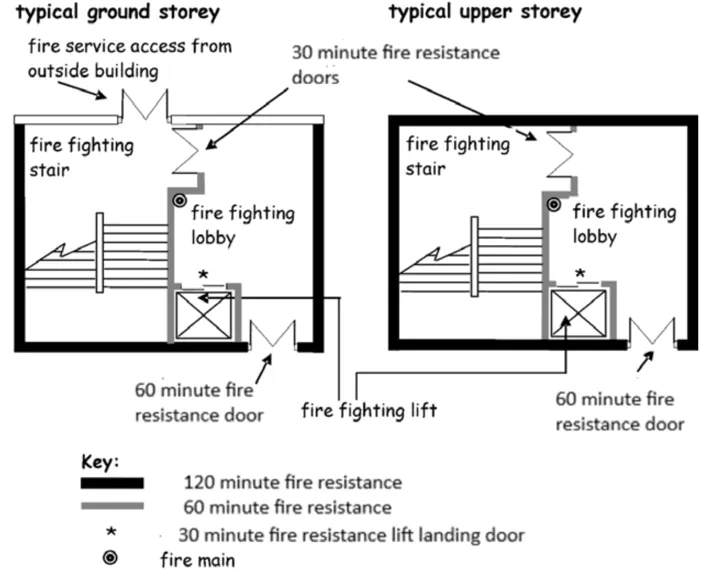
- Preferred and safest type of escape route for storied buildings.
- In high rise buildings with over 8 storeys or 24m in height, at least one required means of egress shall preferably be a fire tower.
- Shall be constructed of walls with a 2h fire resistance without openings other than the exit doorway.
6) Fire protection requirements for high rise building
15M in Height or Above
i) Construction
- All materials of construction in load bearing elements, stairways and corridors and facades shall be non-combustible.
- The interior finishes should not have a flame spread ability rating exceeding Class 1.
- The internal walls or staircase shall be of brick or RCC with minimum of 2H fire rating.
- The staircase shall be well ventilated.
- The roof of the shaft shall be one meter above the surrounding roof with fire resistance rating of 2h.
ii) Lift
- Walls of lift enclosure shall have fire rating of 2h with vent at the top of lift shaft.
- Landing doors in lift enclosures shall have a fire resistance of not less than 1h.
- The number of lifts in a row shall not exceed 4.
- Lift car door shall have a fire resistance rating of half an hour.
- Collapsible gates for lifts shall not be permitted.
- Lifts shall not normally communicate with the basement.
iii) Fire lift
- One fire lift per 1200 square meters of floor area for exclusive use of firemen in an emergency.
- The lift shall have a floor area of not less than area for 8 persons lift.
- The electric supply shall be on a separate service from electric supply mains.
- The word FIRE LIFT shall be conspicuously displayed in fluorescent paint on the lift landing doors at each floor level.
- The speed of fire lift shall be such that it can reach the top floor from the ground floor within one minute.
iv) Basement
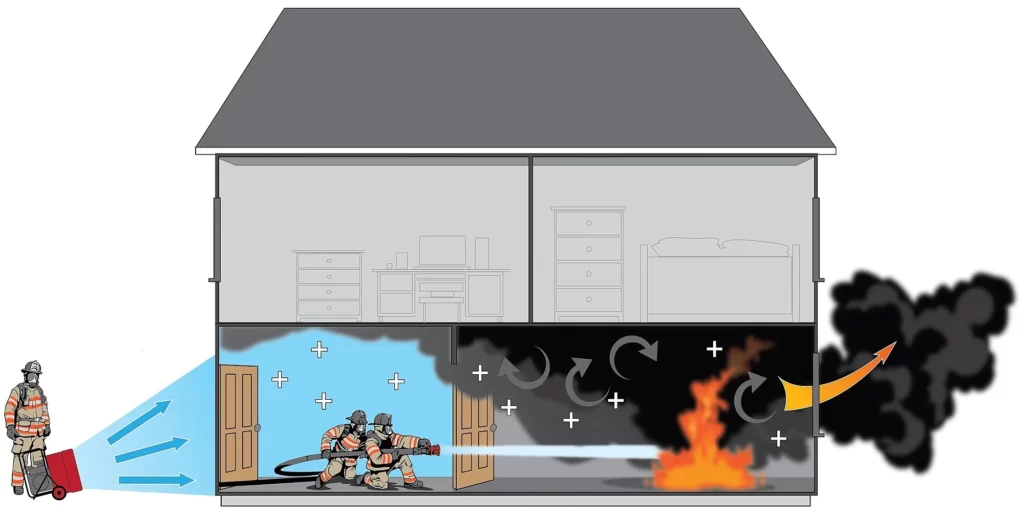
- Each basement shall be separately ventilated.
- Staircase of basement shall be enclosed type.
iv) Service ducts / shafts
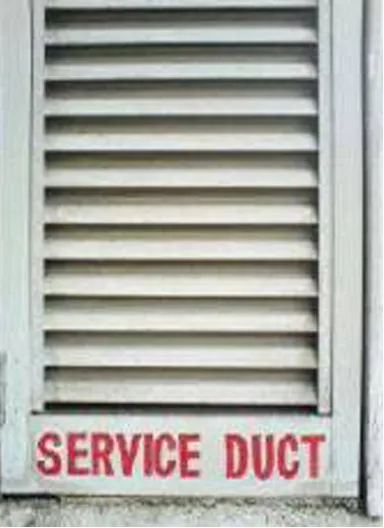
- Service Ducts should be enclosed by walls of 2h and doors of 1h fire rating.
- A vent opening at the top of the service shaft shall be provided.
v) Provision of first aid fire-fighting appliances
- The first aid fire-fighting equipment shall be provided on all floors including basements, lift rooms, etc. in accordance with good practice in consultation with the authority.
vi) Fire alarm system

- Two Types: – Manually Operated Electric Fire Alarm System (MOEFA) or Automatic Fire Alarm System (above 30m height).
vii) Fire control room

- To be placed at the entrance floor of the building with communication systems to all floors and facilities for receiving the message from different floors.
7) Guidelines for fire drill and evacuation procedures for high rise building
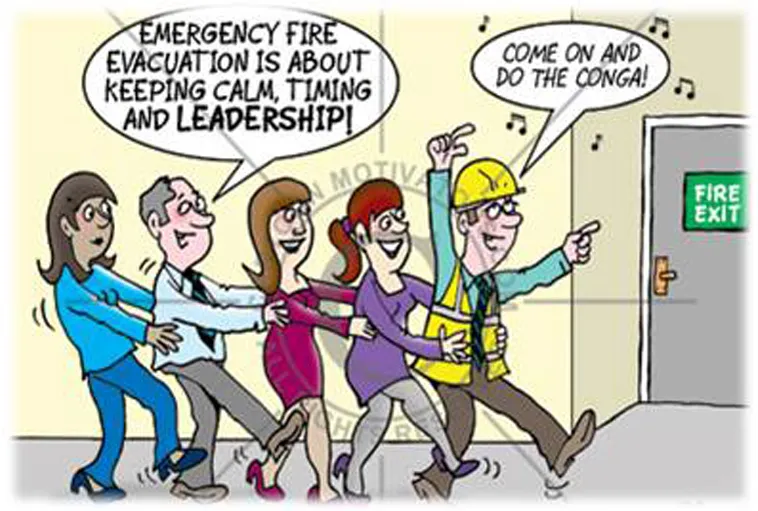
In case of fire in a high-rise building, for the safe evacuation of its occupants the following guidelines have to be followed:
- Alarms: Any person discovering fire, heat or smoke shall immediately report such condition to the fire brigade.
- Fire drills: Fire Drills shall be conducted in accordance with the Fire Safety Plan at least once every three months for existing buildings during the first 2 years, thereafter fire drills shall be conducted at least once every six months. All occupants of the building shall participate in the fire drill. A written record of such drills has to be maintained and available for inspection.
- Signs at Lift Landings: A Sign reading “IN CASE OF FIRE USE STAIRS UNLESS INSTRUCTED OTHERWISE” shall be posted on every floor at or near the lift landing. Lettering shall be properly spaced, should be clearly legible, with 12.5mm block letters in red with a white background, sign size should be at least 250mm x 300mm.

- Signs and plans: Floor Numbering Signs: A sign shall be posted and maintained within each stair enclosure on every floor, indicating the number of the floor. Stair and Elevator Identification Signs: Each stairway and each elevator shall be identified by an alphabetical order.
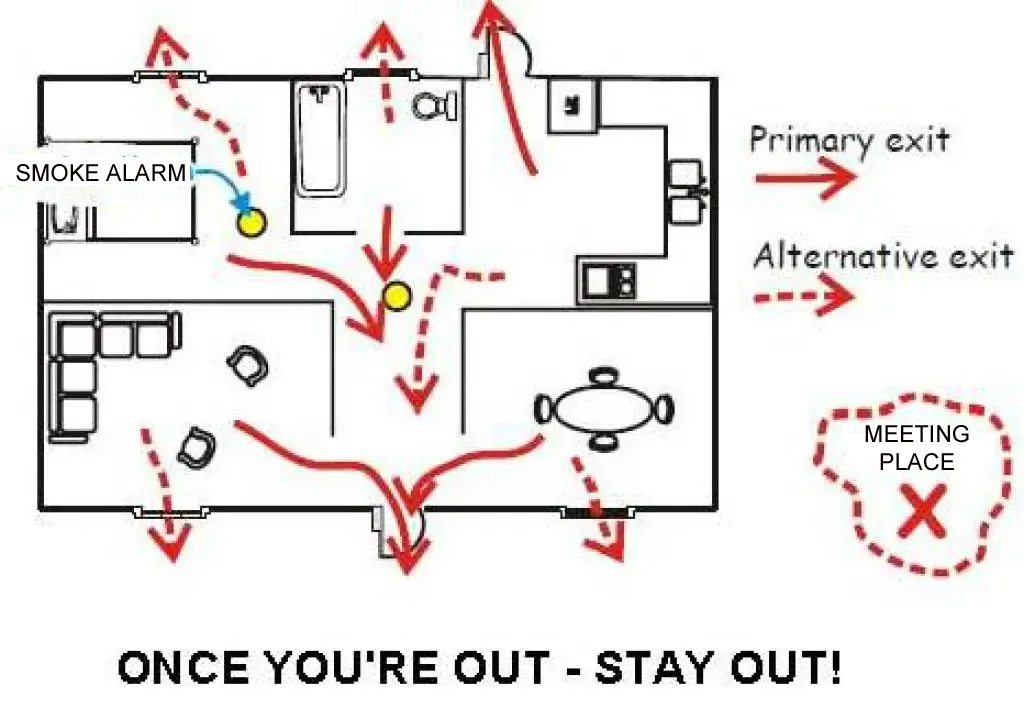
- Fire safety plan: The Fire Safety Plan shall be distributed to all the tenants and workers of the building after it has been approved by the Fire Authority.
- Fire command station: Shall be established in the lobby of the building on the entrance floor, adequately illuminated, and furnished with copies of the floor plans and the fire safety plans of the building.
- Communications and fire alarm: A means of communication and fire alarm for use during fire emergencies shall be provided and maintained by the owner or person in charge of the building.
- Fire safety plan: Purpose – To establish a method of systematic, safe and orderly evacuation of an area or a building by its occupants in case of fire or any other emergency, in the least possible time to a safe area by the nearest safe means of egress; also, the use of available fire appliances. Objective – To provide proper education for all its occupants, to ensure prompt reporting of fire, the response of fire alarms as designated and the immediate initiation of fire safety procedures to safeguard life and contain fire until the arrival of the fire brigade. Should include names and contact numbers of the nearest fire station, the fire safety director, deputy fire safety director, fire wards, building evacuation supervisor, etc.
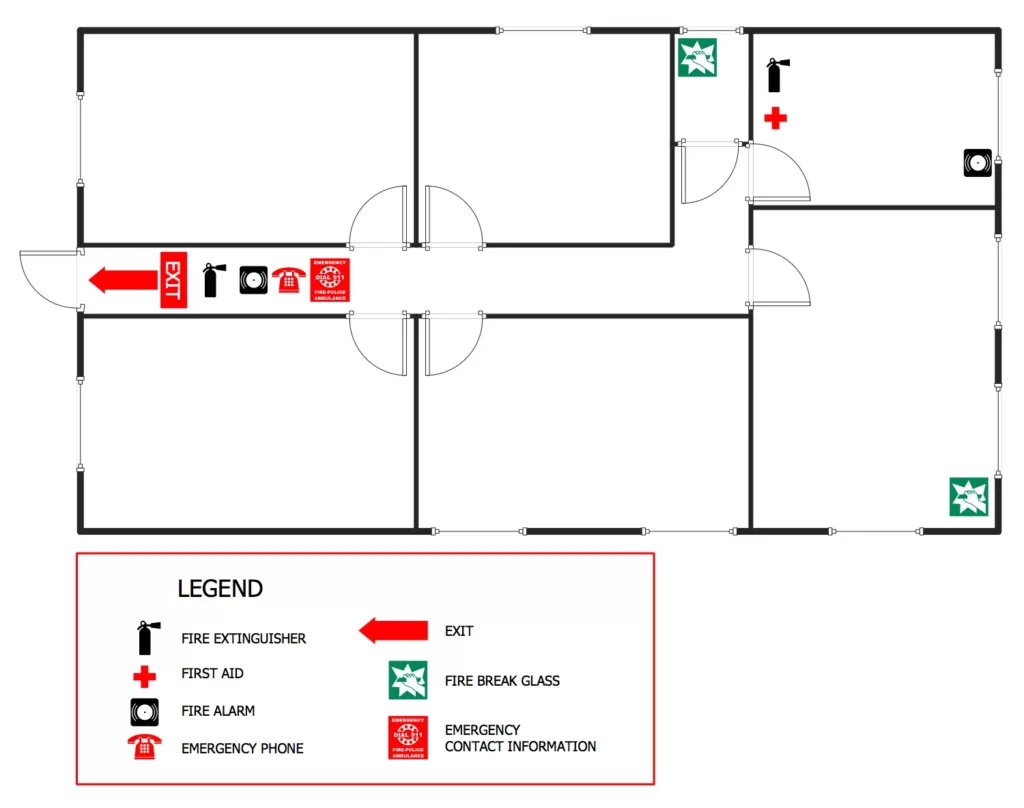
8) Fire safety installations in buildings

- The primary goal of fire safety efforts is to protect building occupants from injury and to prevent loss of life and prevent property damage.
- According to Indian law, minimal fire safety equipment is mandatory for any developed property.
- Fire Safety arrangements have become the basic necessity for MNC (Multi-National Companies), Offices, Schools, High Rise Buildings, Societies, Homes/Houses, Multi Storey Buildings/Houses, Shopping Complex.
- Fire Safety device or Fire Detector Units come in a variety of models depending on the facility to be protected.
- As per the Fire Services Rules and National Building Code of India, the installation of the minimum fire safety equipment is mandatory in Schools, High Rise Buildings and Shopping Complex.

- Carbon Monoxide Detector, Smoke Alarms, Fire Extinguishers, Escape Ladders, Fire sprinkler systems, Fire doors & frames, Water storage etc. are some of important Fire Safety equipments.
- Installation of fire safety device is offered as a part of project by builders or developers. According to National Building Code, at least one staircase shall be provided as a fire staircase as defined in the National Building Code. The performance of a fire protection system depends not only on the quality of the product, but in the quality of its maintenance program.
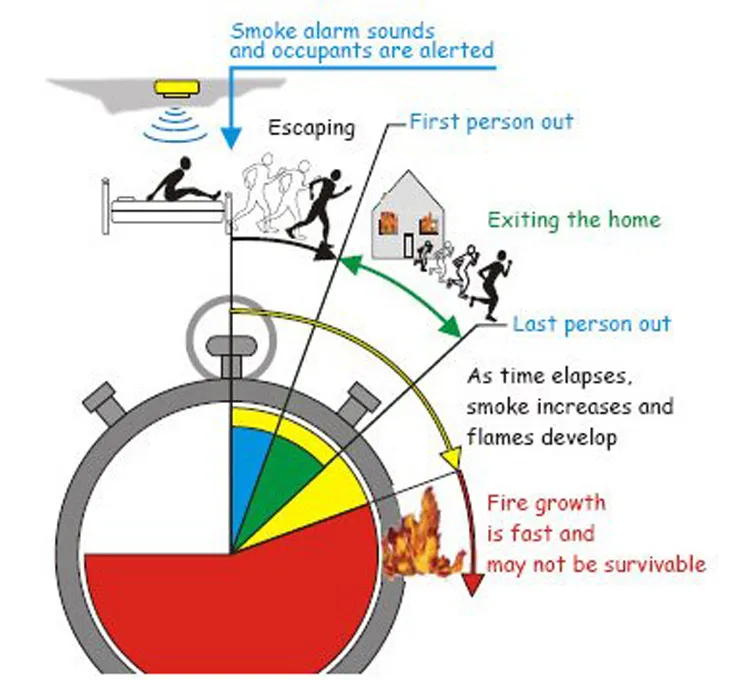
9) Fire protection sprinkler system

- Automatic Sprinkler System
- Stand-Pipe Systems
- Fire Extinguishers and Cabinets
- Special Fire Protection System
- Carbon Dioxide System
- Dry Chemical System
- Halon System
- Foam Extinguishing System
- Grease Exhaust Hood Fire Protection System
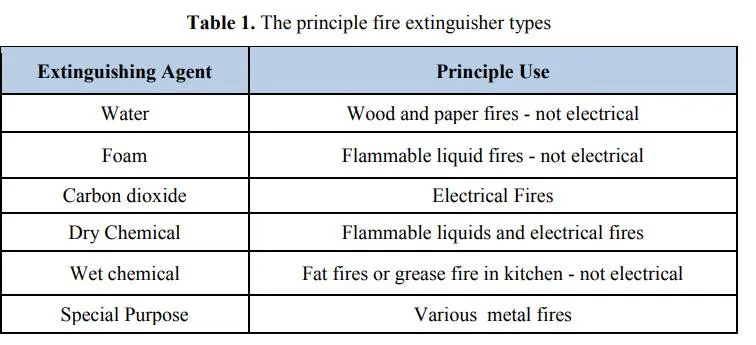
10) Fire protection requirements for high rise buildings
15M in Height or Above
Electrical services:
- Electric Distribution Cables / Wiring shall be laid in a separate duct.
- Water mains, telephone lines, intercom lines, gas pipes and any other service pipes shall not be laid in the same duct as the electrical cables.
- Fire-fighting pumps, lifts, staircases and corridor lighting and blowers for pressurizing system shall be laid in separate conduit pipes.
Gas supply:
- Gas pipes, if present, should be laid in a separate shaft exclusively for this purpose, on external walls away from the staircases.
Stand by electric generator:
- A standby electric generator shall be installed to supply power to staircase and corridor lighting circuits, fire lifts, stand by fire pumps, and all other fire-fighting systems in case of failure of normal electric supply.
In summary, firefighting in multistory developments requires careful planning, coordination, and specialized equipment to ensure the safety of both occupants and firefighters. Fire departments should work closely with building owners and occupants to develop a preplan that addresses the unique challenges of the building and provides for an effective response to a fire emergency.